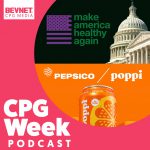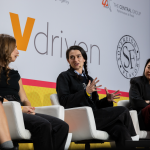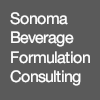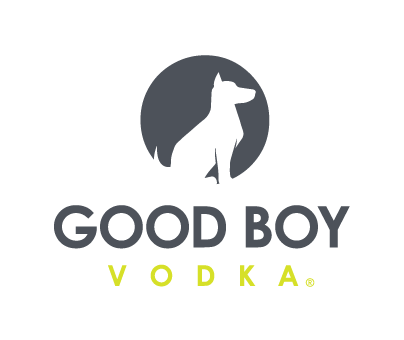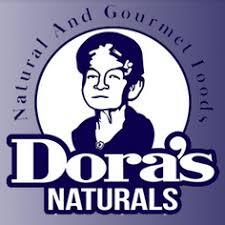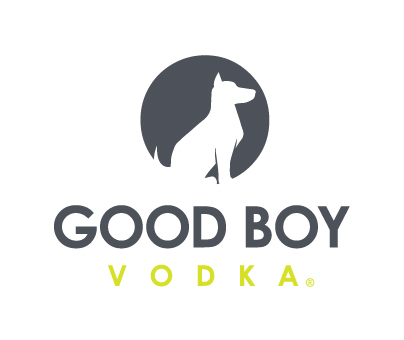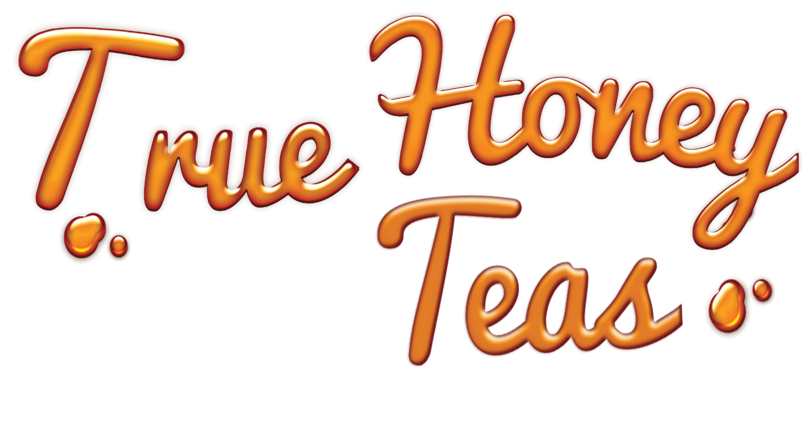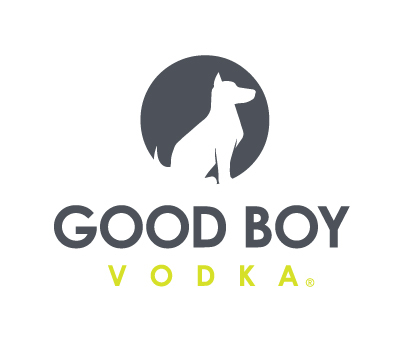Safe and Fair Food Company Plans Allergy-Free Empire, Sans Skeeters
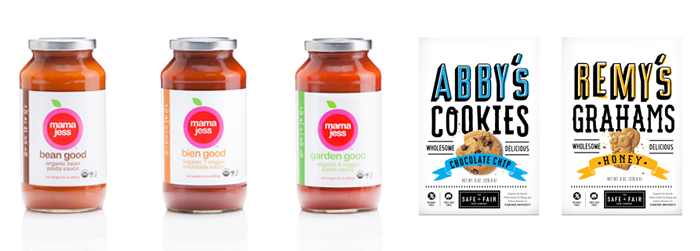
Will Holsworth has a vision, and it goes far beyond the Skeeter.
Holsworth, until late last year the President and Chief Growth Officer of acai brand Sambazon, recently formed the Safe and Fair Food Company with the investment team that was behind the initial launch of Skeeter Snacks, a peanut and tree nut-free cookie company that had thus far failed to grow much mainstream notoriety beyond its presence in the JetBlue free snack basket.
With its friendly squirrel as the face of the brand, started by and backed by a pair of wealthy investors whose families had children with potentially fatal food allergies, Skeeter had created a fairly respectable audience in schools and some retail outlets. But finding new growth wasn’t going to happen without a change in direction, the investors reasoned, either via an expansion into other allergen-free products or a way to increase channel penetration.
Holsworth, a veteran executive at both big companies (PepsiCo) and smaller enterprises (Muscle Milk and Sambazon), had been approached to run Skeeter Snacks, but he saw a broader play — to codify allergen-free snacks under a single brand that would be safe for consumption while also providing a good-looking, modern brand that wouldn’t embarrass a parent or stigmatize the at-risk consumer.
Holsworth sees the market encapsulating not just allergy sufferers, but their friends and social network. As food allergies have increased — and a 2013 study by the Center for Disease Control found they had increased by nearly 50 percent in children between 1997 and 2011 — there’s been a groundswell of sensitivity around those who are allergic.
“These kids, they have enough to go through without having to eat more food that ostracizes themselves from their friends,” Holsworth said, sharing tales of nut-free tables at schools and the nervousness of ever-vigilant parents who send their children to birthday parties with their own snacks. ”If you’re a nut-allergic family, you’re really staring at labels all the time and making sure that what you buy isn’t going to hurt your kids. I don’t think we need to scream it out from the labels.”
If it works, Safe and Fair will provide a dignified umbrella for products that can be accessible to the approximately 15 million people in the U.S. who face potentially fatal allergic reactions to the “Big Eight” ingredients that account for about 90 percent of the food allergens in the U.S.: milk, eggs, fish, crustacean shellfish, tree nuts, peanuts, wheat and soybeans. The fair side is on pricing — Holsworth swears there will be no exploitative upcharge around the products.
Investors like the idea: Acre Ventures, a venture capital fund with Campbell Soup Co. as its lone limited partner, is one of the roll-up’s largest backers, joining original partners Dave Leyrer and Pete Najarian, a pair of tech investors who have both faced food allergies in their own families. The addition of the strategic VC did force the dilution of the original company’s capital structure, but the mission of the company and the broader reach of the new direction made it palatable, according to the original investors.
“My view is that it’s both a roll-up and a continuation of our strategy of organic growth and innovation,” Leyrer said. “We’re just at a point with our backers and Will [and] his team, combined with the continued momentum and growth in the ‘free from’ categories, that we feel that doing this in a more scaled, ambitious way makes sense.”
“Safe and Fair is the natural branding extension of our original idea from the onset,” Najarian added. “The plan was also to be inclusive and deliver safe food at a fair price for all. We’ve always believed that was the sweet spot and Will picked up on that very quickly and branded it perfectly.”
There’s competition in the “free-from” space and it’s growing, however. Brands like Udi’s (gluten free) and Enjoy Life (free of the top eight) are established, while tech-focused bites like Incredible Foods (formerly WikiFoods) have continued to raise money. Still, there’s confidence at Safe and Fair.
“We just don’t think anyone has done this well yet,” Holsworth said. “Being able to work with guys where interests were aligned, all they want to have happen here is deliver on the mission and do it in a way that’s really responsible. There’s a high degree of importance and meaning involved — and plenty of money to be made for everybody.”
To assemble the products under the brand, Holsworth plans to initially buy up between four and six free-from or close to free-from product lines that can be cleaned up and rebranded under the Safe and Fair label. He’s hired high-end branding company Make & Matter (Epic Foods, Barsmith, Primizie, Essential Living) to develop its packaging, and has an open mind about the wide number of categories that the company can pursue. So far, he said, he’s looked at about 61 different companies.
“We’re looking at basically anything that’s not beverage right now,” he said. “The reality is that if your family is food allergic, of all of the SKUs in a grocery store, only about five percent are available to you.”
Despite all those potential category openings in the store, Holsworth said the major push for the brand will actually be online and through direct-to-consumer sales, at least initially. Discussions online center around products that might be safe for allergy sufferers, so he’s confident that a brand that meets the demand of the community will quickly pick up steam. To support and contribute to the discussion, the company’s web site will offer research updates on allergy issues as part of an arrangement with Stanford University’s Sean N. Parker Center for Allergy and Asthma Research.
“Right now, their choices are so limited, and that means that there’s immense gratitude for new choices, and they stock up.” he said. “If you have a food-allergic kid and you happen to be out of, say, skeeter snacks, you have no cookies. There are very limited SKUs that these families can buy, so naturally they stock up. And the reason I like the e-commerce model is that when they buy, we’ll interact with them, they’re super-active in discussion.”


